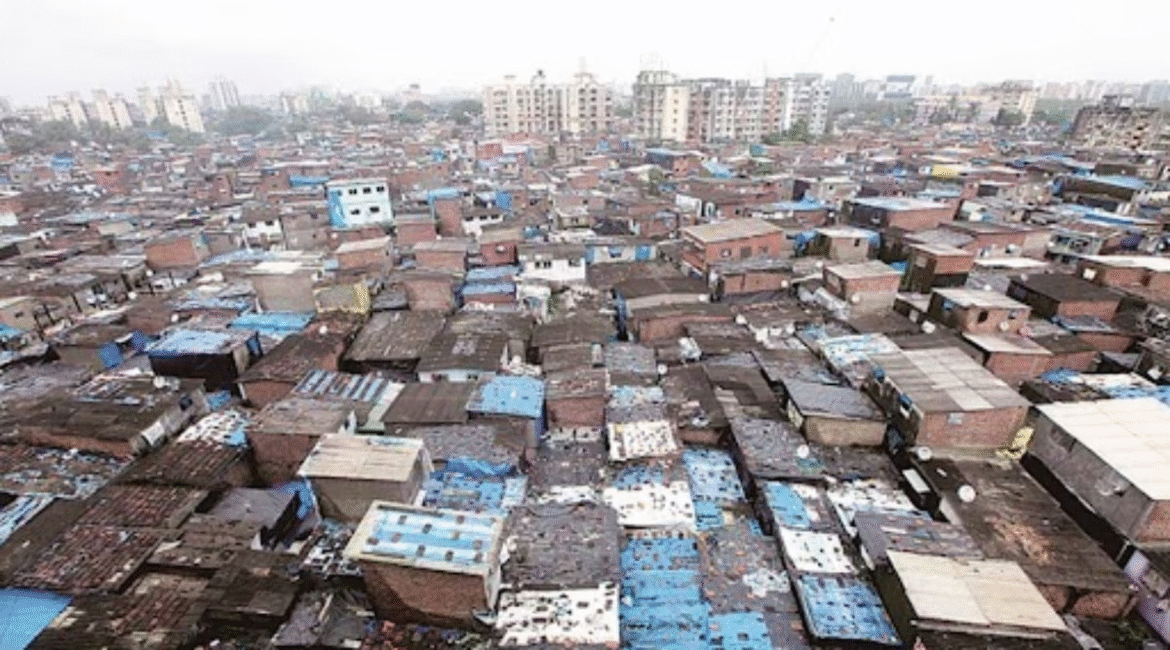AI Generated Summary
- In a landmark move, the Chandigarh Union Territory administration has announced plans to declare the city slum-free by next month, marking it as the first municipal jurisdiction in India to attain this status.
- Deputy Commissioner and UT Estate Officer Nishant Kumar Yadav confirmed that demolition operations for the remaining two slum colonies—Adarsh Colony in Sector 53 and Shahpur Colony within Shahpur village limits—are in advanced stages and will be completed imminently.
- These final clearances will reclaim another 15 acres, bringing the total to 519 acres reclaimed, with the aggregate land value estimated at roughly ₹21,000 crore, based on Chandigarh’s benchmark of ₹40 crore per acre.
In a landmark move, the Chandigarh Union Territory administration has announced plans to declare the city slum-free by next month, marking it as the first municipal jurisdiction in India to attain this status. Officials revealed that 17 of the city’s 19 unauthorized settlements have already been dismantled, freeing up over 504 acres of prime government land valued at more than ₹20,000 crore.
Deputy Commissioner and UT Estate Officer Nishant Kumar Yadav confirmed that demolition operations for the remaining two slum colonies—Adarsh Colony in Sector 53 and Shahpur Colony within Shahpur village limits—are in advanced stages and will be completed imminently. These final clearances will reclaim another 15 acres, bringing the total to 519 acres reclaimed, with the aggregate land value estimated at roughly ₹21,000 crore, based on Chandigarh’s benchmark of ₹40 crore per acre.
Legacy of Le Corbusier’s Vision
Chandigarh’s original Master Plan, drafted in the early 1950s by the renowned Swiss-French urban planner Le Corbusier, envisioned a meticulously organized, slum-free cityscape. Over the decades, however, informal settlements proliferated on coveted government land, blurring the utopian blueprint.
Yadav highlighted that a recent survey by the UT Estate Office identified approximately 5,000 residents in around 1,000 makeshift huts occupying 10 acres at Adarsh Colony, while Shahpur Colony sheltered some 2,000 people across 500 huts on five acres. “We have maintained a zero-tolerance stance against illegal encroachments,” he said. “With the demolition of these two colonies by the end of June, Chandigarh will fulfill Le Corbusier’s original mandate.”
Redevelopment and Future Plans
Following land reclamation, the UT Engineering Department will draft development schemes to integrate these areas into neighboring sectors in accordance with the Chandigarh Master Plan–2031. Proposals include a mix of residential, commercial, institutional, and religious zones. Once plans are finalized, plots will be auctioned through the Estate Office under established procedures.
Punjab Governor and Chandigarh Administrator Gulab Chand Kataria lauded the initiative, stating, “This achievement adds another feather to Chandigarh’s cap. The reclaimed land will address the growing need for diverse urban functions—housing, commerce, education, worship, and more. No one will be permitted to usurp government land henceforth.”
Overcoming Political Hurdles
Officials acknowledge that political interference historically shielded slum colonies from eviction, as certain party leaders sought to protect these settlements to bolster voter foundations. “Since 2014, our officers have shown the resolve to counter these pressures,” said Yadav. That year witnessed the clearance of Kalyan Colony—Chandigarh’s largest slum, which alone spanned 89 acres—along with seven other settlements totaling 302 acres. Most recently, three more colonies covering 16 acres were dismantled earlier this year.
Towards a Model City
As Chandigarh prepares for its slum-free declaration, administrators believe the city will set a precedent for urban renewal nationwide. The endeavor underscores a commitment not only to preserving architectural heritage but also to ensuring equitable, planned development for future generations. With demolition complete and redevelopment imminent, Chandigarh stands ready to realize its long-held vision of order, functionality, and modern civic pride.




